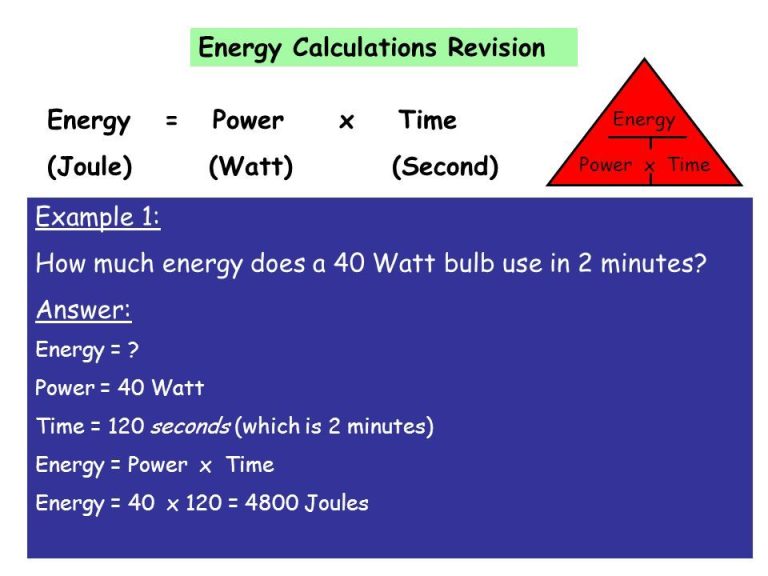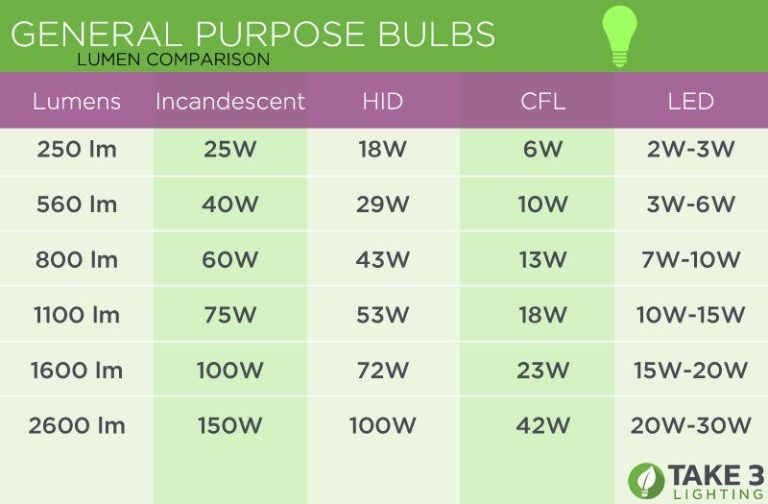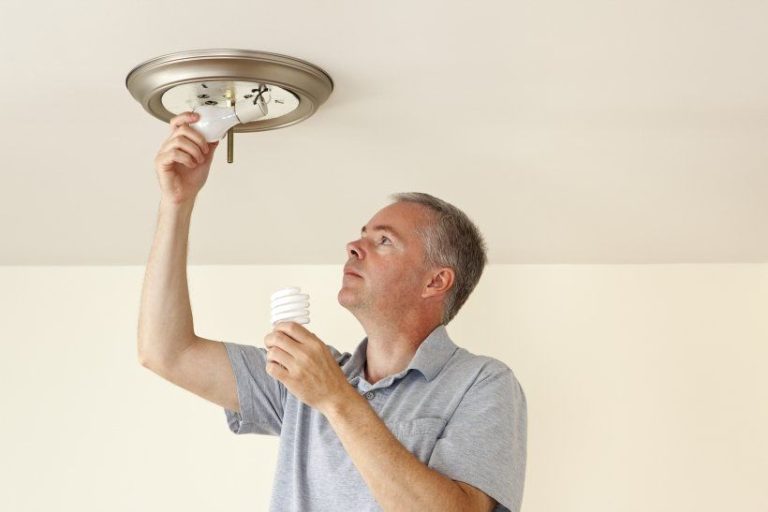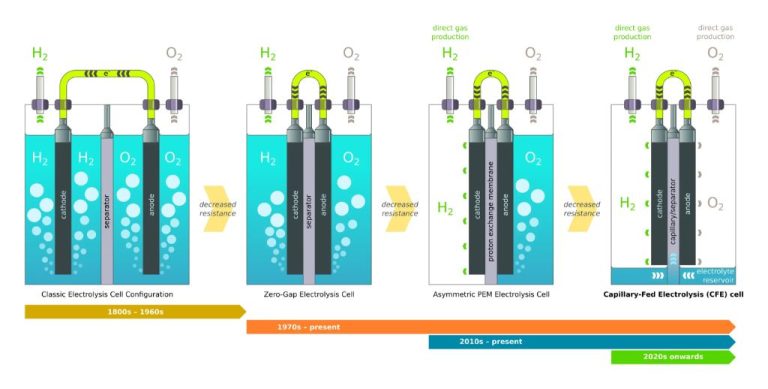What Is 100% Energy-Efficient?
The idea of being 100% energy efficient has become an increasingly popular concept and goal. But what exactly does it mean, and is it truly achievable? At its core, 100% efficiency refers to using no more energy than is theoretically required to perform a given task. For something like a machine or appliance, this means the device would convert all input energy into useful work, with zero energy wasted as heat or friction. On a larger scale, a perfectly efficient energy system would involve no unnecessary energy expenditures across extraction, generation, transmission, and end use.
Striving for 100% efficiency is crucial for reducing energy waste, lowering costs, and minimizing environmental impacts. While perfect efficiency is likely impossible, even incremental improvements to increase efficiency can produce huge energy savings and emission reductions when scaled across homes, buildings, industries, and transportation systems. This article will examine the realities and limitations of 100% efficiency, techniques for dramatically boosting efficiency, the roles of consumers and policymakers, and why efficiency is a critical strategy alongside renewables for creating a sustainable energy future.
What Does 100% Efficiency Mean?
Efficiency refers to the ratio between the useful output of a process and the total input energy. A process with 100% efficiency would convert all input energy into useful work without any energy losses due to waste heat or friction.
For example, an electric motor with 100% efficiency would convert all electrical energy into mechanical energy to perform work. There would be no losses due to heat, noise, or other forms of waste energy. In reality, no machine can be 100% efficient due to the laws of thermodynamics.
Most real-world processes operate at low efficiency levels far below 100%. For example, typical gasoline engines in cars have efficiencies around 25-30%. Traditional incandescent light bulbs only convert about 5% of their energy into light. Even the most advanced electric motors top out around 90-95% efficiency.
While 100% efficiency is impossible, it serves as an ideal target to strive toward when designing machines, devices, and infrastructure systems. The closer to 100% efficiency, the more useful work can be extracted from an energy source and the lower the energy losses and waste.
Is 100% Efficiency Possible?
Achieving a theoretical 100% energy efficiency, where no energy is wasted at all, is not realistically possible based on the laws of physics and thermodynamics. There are practical limits to how efficiently energy can be converted from one form to another or harnessed to perform useful work.
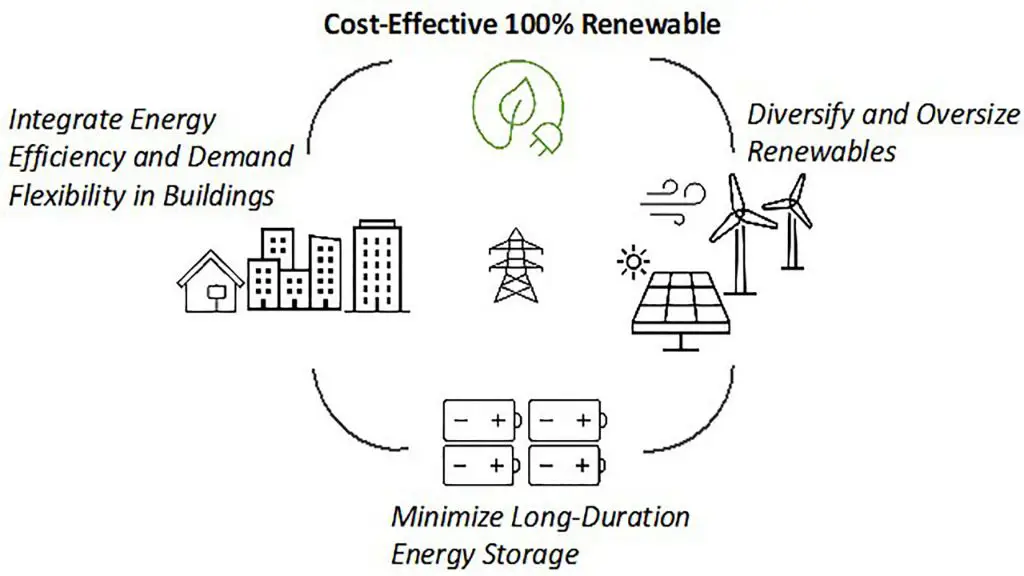
Fundamentally, the second law of thermodynamics holds that some waste heat will always be generated when energy is transformed or used. This lost heat energy represents inefficiency. Even the most advanced technologies have some inherent inefficiency resulting in waste heat and energy loss.
On a practical level, friction, resistance, and other real-world factors also limit the efficiency of energy systems and devices. Some examples of unavoidable inefficiencies include: resistance in electrical wires and circuits that dissipate energy as heat, friction in mechanical devices, and metabolic inefficiency in living organisms. These types of real-world inefficiencies impose limits on achievable efficiency.
While 100% efficiency is likely impossible, there are still opportunities to dramatically improve energy efficiency by optimizing systems and processes. Incremental improvements add up, and striving for maximized efficiency brings major energy and cost savings as well as environmental benefits. But expecting 100% efficiency is unrealistic with current technology and physical limits.
Approaching 100% Efficiency
While a completely 100% efficient energy system may not be attainable, there are technologies and designs that come remarkably close to reaching full efficiency. Here are some examples:
Combined Heat and Power (CHP)
Also known as cogeneration, CHP systems generate electricity while also capturing “waste” heat that can be used for water heating, space heating, or industrial processes. By utilizing heat that would otherwise be lost, CHP systems can operate at efficiency levels of 80-90%.
Regenerative Braking
This technology allows electric vehicles to capture kinetic energy that would normally be lost as heat during braking. The wheels essentially become generators during braking, and some of that electricity is stored in the battery, improving overall efficiency.
LED Lighting
LED bulbs convert over 90% of energy into light, compared to only about 10-15% for traditional incandescent bulbs. This makes LEDs far more efficient for lighting homes and buildings.
Passive Solar Building Design
Thoughtful architectural design can utilize solar energy for heating and cooling, reducing the need for additional energy inputs. Techniques like optimal window placement, thermal mass walls, and roof overhangs can passively regulate interior temperatures.
While 100% efficiency remains elusive, innovations like these maximize our energy use and provide models for how to approach near-perfect efficiency.
Improving Efficiency
There are several ways we can improve energy efficiency across sectors:
-
Using better materials and insulation – Improved building materials like double or triple pane windows and upgraded insulation can reduce heat loss and energy waste in homes and commercial buildings.
-
Energy recovery and reuse – Capturing waste heat or energy and reusing it, instead of letting it dissipate, can greatly increase efficiency. Examples include waste heat recovery systems in industrial plants and regenerative braking in electric vehicles.
-
System optimization – Fine-tuning energy systems to operate smoothly, identifying and fixing leaks/losses, ensuring proper maintenance and upgrades can optimize efficiency across power plants, factories, buildings, and more.
Switching to more efficient devices like LED lighting, Energy Star appliances, and electric heat pumps can also significantly reduce energy use. Automation and control systems that turn things off when not needed provide further energy savings.
Adopting best practices in energy management and training personnel to be more energy aware leads to bottom-up efficiency gains. Tracking detailed energy data to identify issues and optimize over time is key to maximizing efficiency.
Efficiency vs. Renewables
There are ongoing discussions about whether it is better to focus on improving energy efficiency or shifting more aggressively to renewable energy sources. Both play an important role in reducing emissions and environmental impact.
Improving efficiency involves getting more useful output from the same amount of energy input. This can be achieved through better technology, conservation behaviors, reducing waste, and optimization. The benefits of efficiency are that it reduces costs, preserves resources, and buys time while renewable solutions scale up.
Shifting to renewables like solar, wind, geothermal, and hydropower provides clean energy from replenishable sources. The merits are zero emissions, energy security through decentralization, and sustainability. However, renewables currently have higher costs per kWh, intermittent supply, and storage challenges.
In reality, aggressively pursuing both efficiency and renewables in tandem offers the best path to 100% clean energy. Efficiency makes the transition more affordable by reducing load and costs. Renewables offer a long-term sustainable solution. Policy can incentivize and accelerate progress through incentives, standards, and market mechanisms.
Role of Policy
Governments have an important role to play in promoting energy efficiency through policy tools and regulations. Some key areas where policy can drive efficiency gains include:
Building Codes: Governments can implement stricter building codes and standards to ensure new buildings meet high levels of energy performance. For example, requiring new buildings to meet net zero energy standards where they produce as much renewable energy as they consume.
Appliance Standards: Setting minimum energy efficiency standards for appliances and equipment such as refrigerators, lighting, heating/cooling systems. This removes the least efficient products from the market.
Incentives and Rebates: Financial incentives like tax credits, rebates, and low-interest loans can encourage homeowners and businesses to invest in efficiency upgrades to their properties.
Emissions Regulations: Rules requiring industries to reduce their overall energy usage and carbon emissions over time incentivize efficiency.
Information Tools: Providing tools and information to consumers and businesses on how to improve efficiency and conserve energy use.
Well-designed policies can drive widespread efficiency improvements across the economy while also reducing energy costs for consumers and businesses.
Individual Actions
There are many ways individuals and households can improve efficiency in their daily lives:
Install energy efficient lightbulbs like LEDs which use 75% less energy than incandescent bulbs. Replace old appliances with ENERGY STAR certified models which are designed to use less energy. Make sure your home is properly insulated and seal any air leaks around windows and doors.
Adjust your thermostat a few degrees warmer in summer or cooler in winter to save energy. In winter, lower the temperature when leaving the home. In summer, use fans and keep blinds closed to reduce reliance on air conditioning.
Wash clothes in cold water, hang dry when possible, and use short cycles to cut down on drying time. Only run full loads in the dishwasher and turn off the drying cycle to air dry. Unplug devices when not in use to avoid phantom drain.
Drive less by walking, biking, carpooling, or taking public transit when possible. Maintain your vehicle with routine tune-ups and proper tire pressure. Minimize idling time when stopped in traffic.
Eat less meat and dairy, as animal agriculture is energy intensive. Reduce food waste by planning meals and repurposing leftovers. Buy locally grown produce to cut down on transport.
Purge unused items and donate or recycle what you don’t use. Opt for experiences over material goods. Rent, borrow or share items used infrequently rather than purchasing.
Simple actions like these add up to significant energy savings over time while also saving money for households.
Business and Industry
Businesses and industries have an important role to play in improving overall energy efficiency. Manufacturing processes can often be made more efficient through automation, improved equipment, and minimizing waste. Industries like steel, chemicals, cement, and pulp and paper are energy-intensive, but they are actively working to reduce waste and implement energy-efficient practices.
Strategies like combined heat and power, waste heat recovery, equipment upgrades, optimized heating and cooling, and preventative maintenance help improve industrial efficiency. Installing sensors and using data analytics to identify optimization opportunities is also impactful. Switching to energy-efficient lighting like LEDs provides significant energy savings.
Sustainable manufacturing that minimizes waste through the reuse and recycling of byproducts and materials also improves efficiency. Optimized supply chains, logistics, and transportation networks further reduce waste and energy usage across industrial operations.
Businesses implementing an energy management system (EnMS) certified to ISO 50001 see improved energy performance. This international standard helps organizations establish energy efficiency policies and action plans. An EnMS provides a framework to continually improve energy use and lower environmental impact.
Conclusion
Improving energy efficiency is critical for reducing energy waste, lowering costs, and minimizing environmental impacts. While 100% efficiency is theoretically impossible, we can get extremely close through advancing technologies and smart design. Consumers, businesses, and policymakers all have important roles to play in maximizing efficiency across sectors. Even small gains add up, and approaching 100% efficiency remains a worthy goal to strive towards.
This article summarized key principles around efficiency, the barriers to perfect efficiency, and strategies for getting as close as realistically possible. Energy savings enable progress on other pressing issues like climate change and energy security. Continued innovation and responsible use of resources are needed to keep moving society forward. Though 100% is elusive, the pursuit itself drives meaningful improvements.

